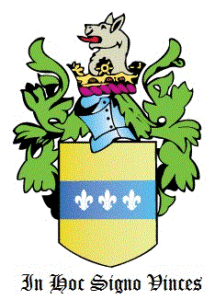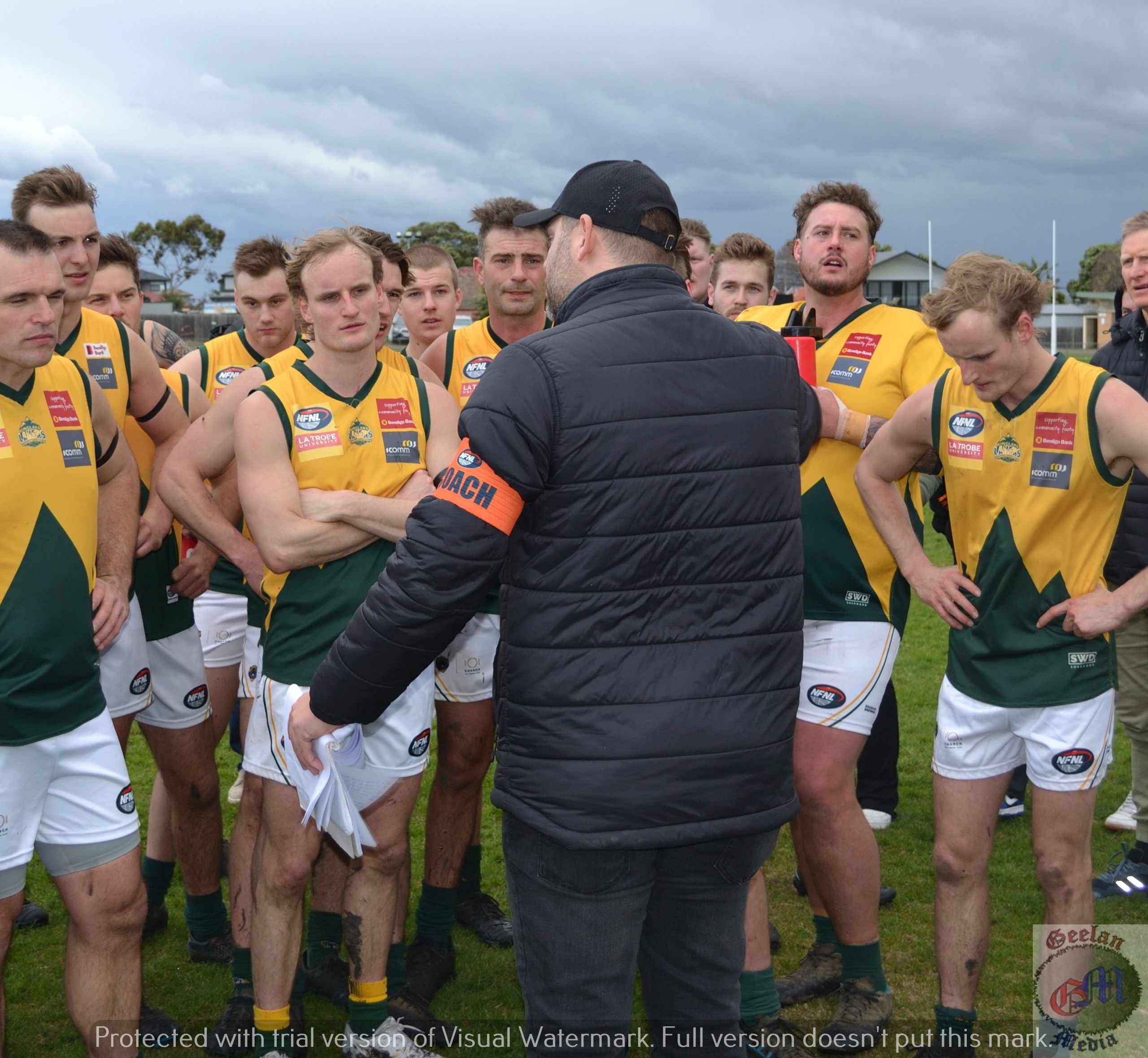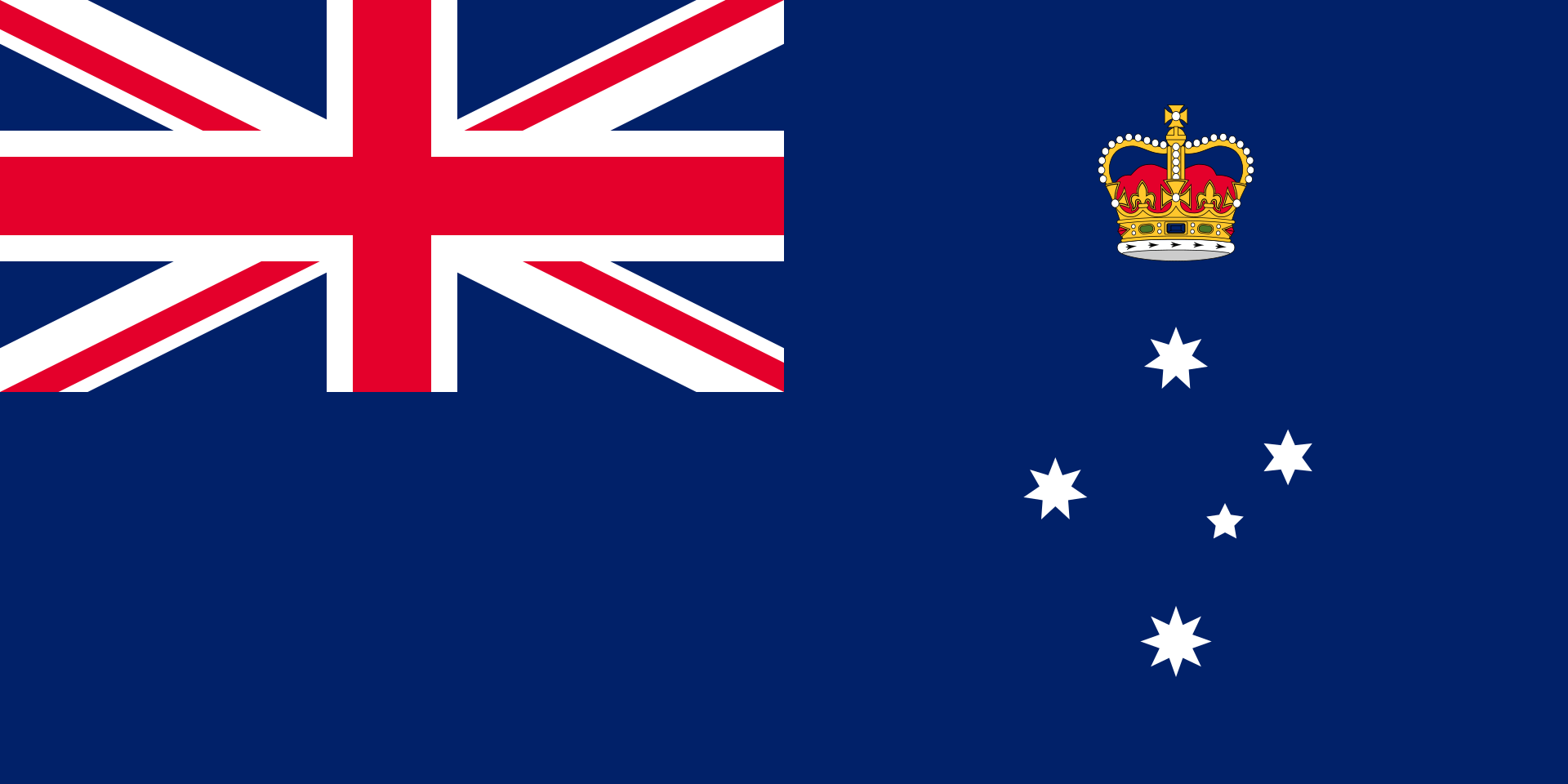In an Australian first, Victorian firefighting aircraft will take to the sky at night to test the use of night-vision technology to drop water on ‘going’ fires.
Fire-bombing aircraft are used to drop water, foam or fire retardant in front of bushfires to reduce or halt a fire’s spread and also used to transport firefighters, conduct mapping, check fires, and drop incendiary devices to ignite backburns.
Victorian (Labor) Minister for Emergency Services, James Merlino, said the trial led by Emergency Management Victoria (EMV) will guide the future use of night-time aerial firefighting in Victoria.
“Victoria is a global leader in firefighting, and this night-time trial of water-bombing aircraft is another example of our emergency services looking at innovative ways to keep communities safe.
“The results of the trial will help determine whether water-bombing aircraft will be deployed at night during future summer-fire seasons,” Merlino said.
The trial, based at Ballarat Airport, will involve two aircraft.
One aircraft will conduct reconnaissance flights during the day and provide strategic oversight during the night, while the second will collect water and drop it on a series of controlled fires and targets after dark.
Emergency Management Victoria Commissioner Craig Lapsley said the Country Fire Authority (CFA) and Forest Fire Management Victoria (FFMV) would begin a trial of night firebombing in late February.
“We want to be able to keep water bombing helicopters in the air until about midnight, to get off the ground again at 4am to get a good run on fires.
“That way we can knock fires out when they are at their coolest, not their most intense,” Lapsley said.
The trial has been approved by Civil Aviation Safety Authority (CASA) starts this week. It will also test the ability to hover-fill helicopters at night and the efficiency of night-vision technology, including infrared systems and night-vision goggles.
Lapsley said the trial would need to prove to CASA that aerial firebombing at night was safe.
” If we can prove that, we’ll be the first in Australia and possibly even the world to lead night firebombing operations,” he said.
Mr Lapsley said the challenges included the different behaviour of smoke and fire at night, and lighting around dams for reloading aircraft.
“To be able to aerial firebomb at night in Australia we need certification, and it doesn’t happen in many parts of the world,” Lapsley said.
Night-time water-bombing is used in limited overseas locations but not currently deployed in Australia.
“Night-time aerial firebombing has the potential to significantly improve Victoria’s firefighting capability by building on the number of hours aircraft have to respond to fires,” Lapsley said.

The National Aerial Firefighting Centre (NAFC), which coordinates the contracts for firebombing aircraft across Australia, supports the trial.
NAFC general manager Richard Alder said helicopters would need to be substantially modified for safe firebombing at night.
“The main issue is lighting. Cockpit lighting will need to be changed so it doesn’t interfere with the pilot’s night-vision goggles,” Alder said.
Powerful external lights and special navigation systems would also need to be fitted to the helicopters.
“The crew would need to wear specialised night goggles, which can cost anywhere between $10,000–$30,000 a set.
“There’s no reason to think the risk can’t be managed with the proper safety measures in place,” Alder said.
Helicopters will also be used during the night trial with results of the trial to be used to inform and improve airborne firefighting operations throughout Australia, not just Victoria.
Fifty-one years ago, on February 6, 1967 two Piper Pawnees contracted from Alpine Aviation of Benambra made the first operational drops of fire retardant on a small lightning-strike fire in north-eastern Victoria.
























